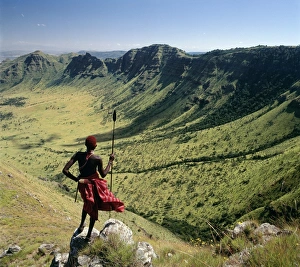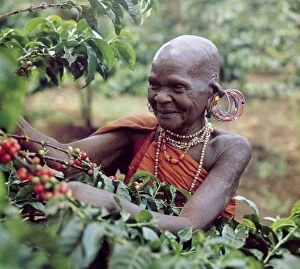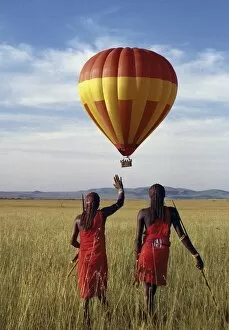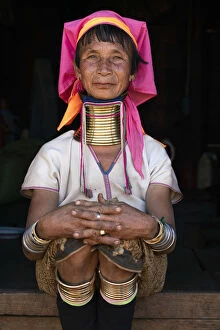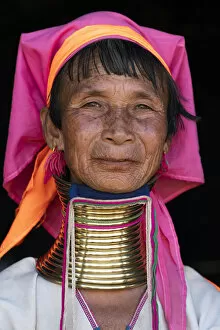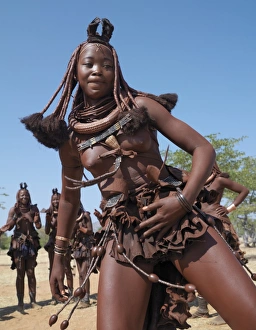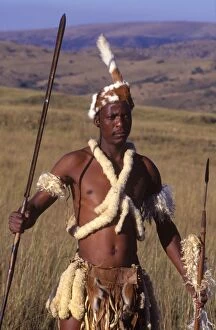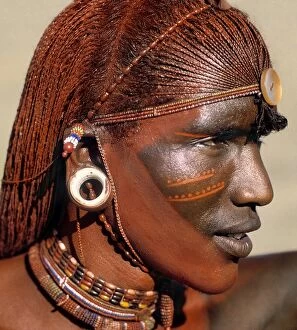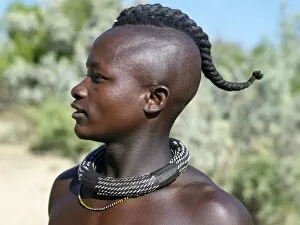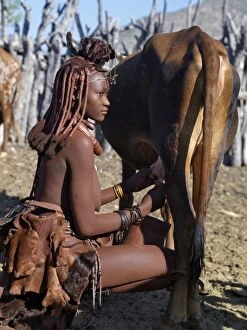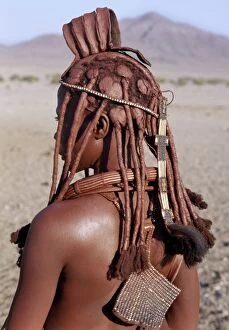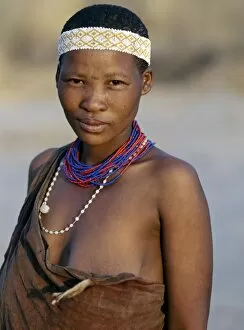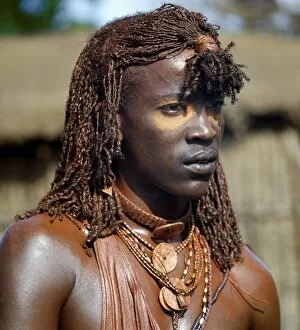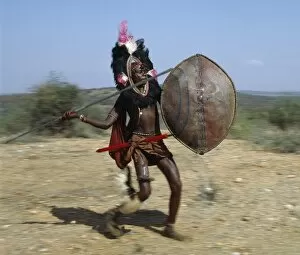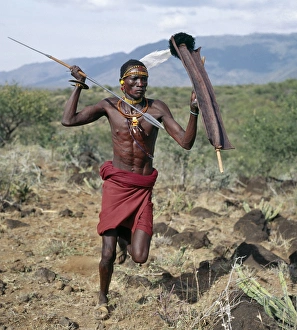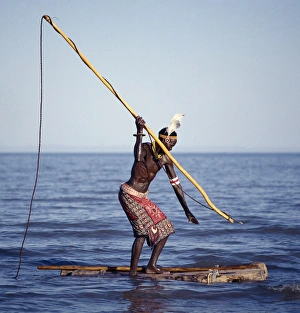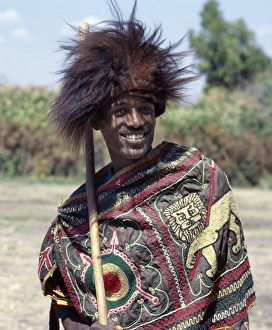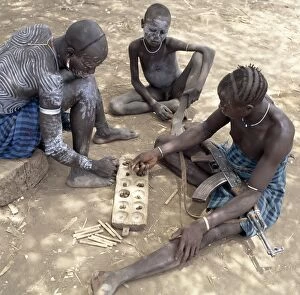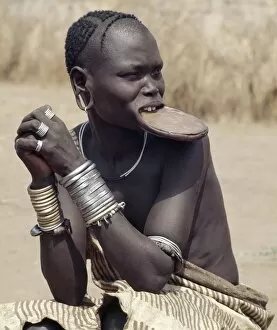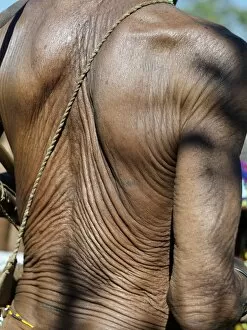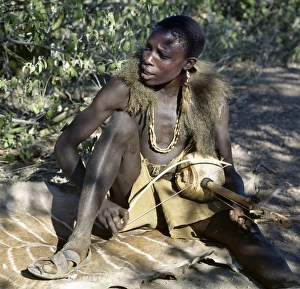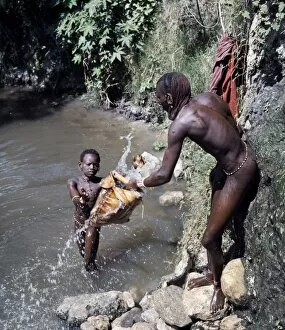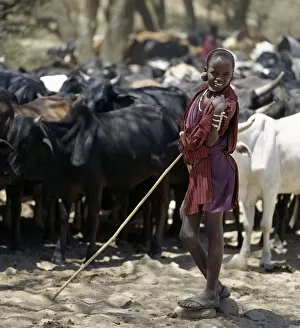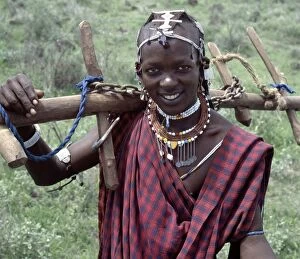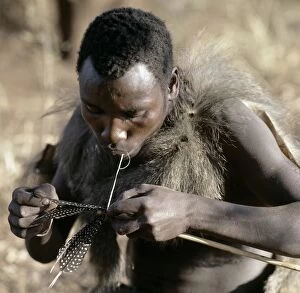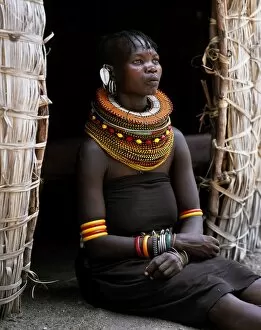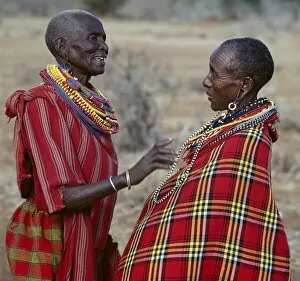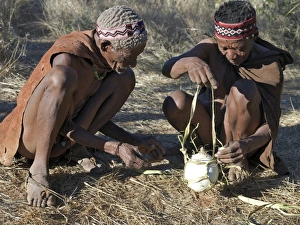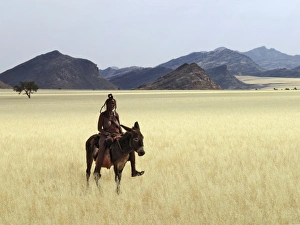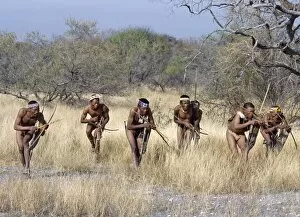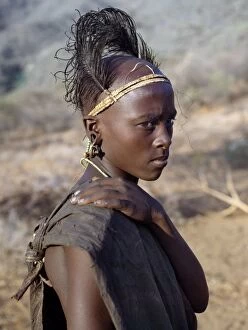Tribal Dress Collection
"Tribal Dress: A Glimpse into Cultural Traditions" A Samburu warrior looks out across the eastern scarp, adorned in vibrant tribal attire that reflects his rich heritage
All Professionally Made to Order for Quick Shipping
"Tribal Dress: A Glimpse into Cultural Traditions" A Samburu warrior looks out across the eastern scarp, adorned in vibrant tribal attire that reflects his rich heritage. Young Msai girls decorate their faces with ochre, a traditional practice passed down through generations as a symbol of beauty and identity. In the depths of the wilderness, a Hadza hunter smokes cannabis from a crude stone pipe, connecting with ancient rituals that have shaped his tribe's way of life. A Himba woman in traditional attire catches our attention as her body gleams from a mixture of red ochre, signifying her status within the community. Captured in the 1960s, an old Kikuyu lady picks coffee while wearing garments that embody her cultural roots and reflect her hardworking spirit. Two Msai warriors watch a hot air balloon flight over Masai Mara, showcasing how tradition harmoniously coexists with modernity in this breathtaking landscape. Almost every Himba woman wears anklets – delicate adornments that hold deep significance within their culture and add grace to their every step. From Kenya's Coast Province emerges a Giriama girl carrying traditions on her shoulders; she proudly displays her ancestral dress amidst changing times. Woman from Kayan tribe wearing traditional brass neck rings near Loikaw District stands tall as living proof of age-old customs cherished by her people. Himba women perform the otjiunda dance with rhythmic movements and colorful garments that tell stories of unity and celebration within their community. Close-up portrait captures the wisdom etched on the face of senior Kayan woman wearing traditional brass neck rings—a testament to resilience and pride in one's heritage Zulu warrior dons striking traditional dress while preparing for battle—an embodiment of strength rooted deeply in centuries-old customs.

